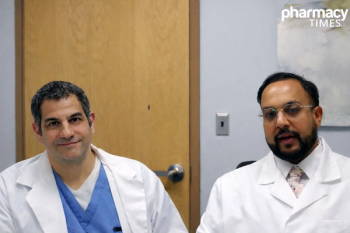
3D Drug Printing: The Next Generation of Pharmacy
What if patients could print their medications in their own homes?
A Glasgow University chemist
aims to make it possible for patients to print their own drugs
using a molecular 3D printer capable of printing molecules, rather than objects.
Instead of going to a neighborhood pharmacy,
Professor Lee Cronin
imagines patients will buy a blueprint and chemical ink at an online pharmacy based on a digital prescription. Then, patients will print the drug at home, using a 3D printer and a pre-sealed, safety-packaged ink cartridge and applicable software.
“Basically,” explains Cronin in an interview with The Guardian, “what Apple did for music, I'd like to do for the discovery and distribution of prescription drugs.”
Advances in computer and 3D printing technology, as well as pharmacogenomics research, make it possible to tailor treatments to the needs of an individual patient. Drugs will be selected and dosed based on genetic profiles, patient-specific allergens will be omitted, and all of the medications the patient needs will be combined into a single pill.
Instead of printing drugs as home, an alternative scenario might involve pharmaceutical companies developing the chemical drug formula and outsourcing the 3D printing to pharmacies.
Biomedical engineers at Louisiana Tech University have used desktop 3D printers to create customized medical implants using medical-quality filaments infused with drug compounds. They use a common 3D printing material that is already biocompatible. This method will allow individualized dosing.
The concept of printing drugs begs the question: Can anyone with a chemistry background and a 3D printer engineer their own designer drugs? And how will the immensely complex 3D-printed products meet the regulatory requirements of the FDA? While these practical and legal obstacles will not be overcome easily, 3D-printed medical devices and implants have already received FDA approval and have been used successfully.
In 2012, a 3D-printed tracheal splint was cleared for use in a 3-month-old boy with a rare bronchial disease. In February 2013, the FDA approved a 3D-printed plate used in a surgical skull repair that was built for a specific patient.
One thing is clear: 3D printing will become better, cheaper, and more widely available and will prove to be invaluable in the world of medicine.
Newsletter
Stay informed on drug updates, treatment guidelines, and pharmacy practice trends—subscribe to Pharmacy Times for weekly clinical insights.













































































































































































































